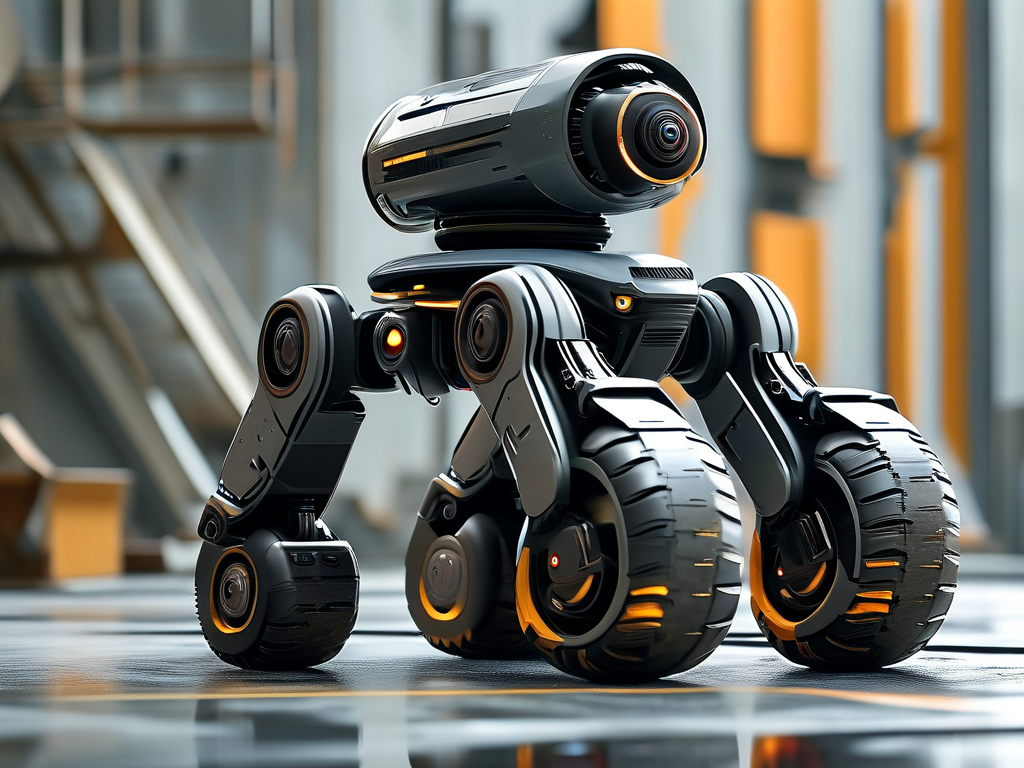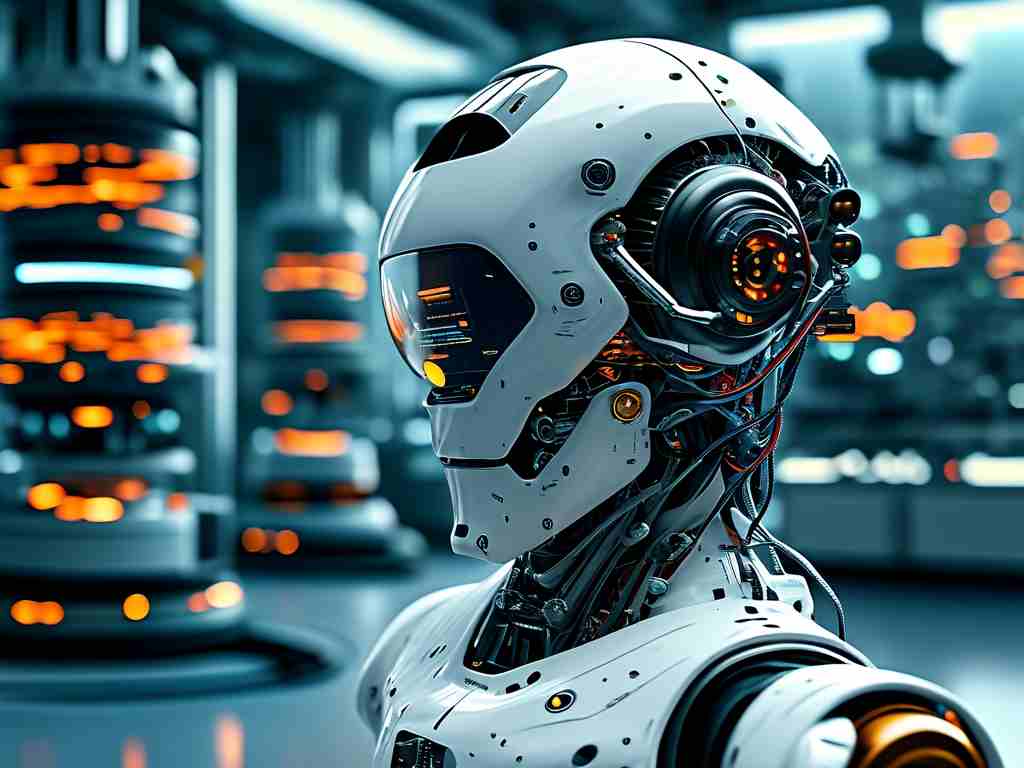The fusion of wheels and legs in robotic systems has emerged as a groundbreaking solution for navigating complex terrains. Wheel-legged robots, often called "hybrid locomotion robots," combine the efficiency of wheels on flat surfaces with the adaptability of legs in rugged environments. This article delves into the engineering principles, design challenges, and real-world applications driving this innovative field.

Mechanical Architecture
At the core of wheel-legged robots lies a dual-mode mobility framework. Most designs integrate retractable legs with motorized wheels, enabling seamless transitions between rolling and stepping. For instance, some models use hexagonal hub configurations where wheels double as footpads when legs extend. Actuators like harmonic drives or hydraulic pistons provide torque precision for dynamic posture adjustments. A notable example is the OmniTread system, which employs synchronized servo motors to maintain balance while climbing stairs.
Sensor Fusion and Control Systems
Advanced sensor arrays enable these robots to interpret their surroundings. LiDAR, IMUs (Inertial Measurement Units), and torque sensors feed real-time data to centralized processors. Machine learning algorithms, such as reinforcement learning models, optimize movement patterns based on terrain feedback. Researchers at ETH Zürich recently demonstrated a robot that autonomously switches locomotion modes using a convolutional neural network trained on 15,000 terrain samples.

Power Management Challenges
Energy efficiency remains a critical hurdle. Wheeled motion consumes 40% less power than legged locomotion, but hybrid systems require smart power allocation. Novel solutions include kinetic energy recovery systems (KERS) that store braking energy and adaptive battery controllers that prioritize motor groups based on terrain demands. The Atlas-W2 prototype, developed by Boston Dynamics, showcases a variable voltage system that extends operational time by 22% compared to earlier models.
Material Science Innovations
Composite materials play a pivotal role in weight reduction without sacrificing durability. Carbon fiber-reinforced polycarbonate joints and 3D-printed titanium alloy wheel hubs are becoming standard. A 2023 study published in Robotics Today revealed that graphene-coated actuators reduce friction losses by 31%, significantly enhancing mechanical lifespan.
Industrial and Emergency Applications
From warehouse logistics to disaster response, these robots demonstrate unparalleled versatility. Amazon’s RoverX fleet utilizes wheel-legged robots for inventory management, capable of ascending warehouse ramps while pulling 200kg carts. In Fukushima’s nuclear cleanup operations, modified ANYmal robots from ANYbotics navigated debris-filled corridors using wheeled speed for open areas and legged precision for unstable surfaces.
Ethical and Regulatory Considerations
As adoption grows, debates about human-robot collaboration intensify. The European Union’s AI Act 2025 mandates force-limiting sensors on all collaborative robots to prevent workplace accidents. Meanwhile, cybersecurity researchers warn about vulnerabilities in wireless control protocols—a concern highlighted when a modified MIT Cheetah robot was remotely hijacked during a 2022 defense expo.
Future Trajectories
Ongoing research focuses on bio-inspired designs. The Wheg-III prototype mimics insect leg-wheel coordination, while NASA’s AstroMobility project tests lunar exploration robots with helical wheels for loose regolith. As quantum computing matures, real-time terrain prediction algorithms could enable millisecond-level gait adjustments.
In , wheel-legged robotics represents not just a technical evolution, but a paradigm shift in automation. By harmonizing two distinct locomotion philosophies, engineers are creating machines that transcend traditional mobility limitations—a testament to human ingenuity in the age of intelligent machines.









